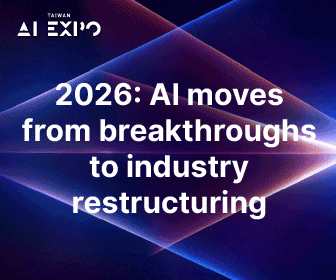The COP28 climate summit has just wrapped up in Dubai, shedding light on two significant trends. The focus is on renewable energy, and the role of AI and machine learning in ESG and climate solutions is gaining prominence. Specifically in the realm of chipmaking, AI is being leveraged to fast-track research on novel materials, streamline circular economy practices, and enhance the efficient use of energy, water, and waste.
During COP28, consensus has been building on key issues like boosting renewable energy output, reducing methane emissions, cutting back on coal usage, and advancing nuclear fusion technology. The summit set a resolution to triple renewable energy and double energy efficiency by 2030. The push to achieve these goals has raised concerns across various sectors about finding cost-effective solutions from suppliers and innovative technologies.
Addressing these challenges head-on, SEMI and the Semiconductor Climate Consortium (SCC) have collaboratively unveiled the establishment of the SCC Energy Collaborative (SCC-EC) during COP28. This partnership, boasting ten founding members such as TSMC, AMD, and Samsung Electronics, is committed to aiding the Asia-Pacific region in comprehending and expediting low-carbon energy development. The overarching goal is to realize sustainable net-zero objectives by integrating low-carbon processes, renewable energy, and circular economy practices across the entirety of the semiconductor supply chain.
Over the past decade, while the overall revenue of the semiconductor industry has doubled, carbon emissions from semiconductor manufacturing have quadrupled. With semiconductor manufacturing processes becoming more intricate, energy consumption has also surged. Addressing sustainability and achieving net-zero goals has become an urgent priority. Additionally, the European Union's Carbon Border Adjustment Mechanism (CBAM), implemented in October, is having a widespread impact. Semiconductor manufacturers are implementing a variety of carbon reduction measures to meet sustainability goals.
For instance, GlobalWafers has set up solar farms around its facilities. Despite the high electricity demand during the crystal growth process, GlobalWafers reduced carbon emissions by 15% in 2002 through significant R&D investments in redesigning heating structures and improving energy efficiency.
Applied Materials aims to reduce energy consumption by 30%, chemical usage by 30%, and cleanroom footprint by 30% before 2030. The company has redesigned gas control boards and optimized the energy consumption rates of components such as pumps, heat exchangers, and cooling systems, helping chipmakers reduce carbon emissions.
Schneider Electric has established a sustainable strategy through digitization and electrification, utilizing smart data collection and efficient management to unlock the potential of industrial data. Schneider Electric recommends semiconductor manufacturers focus on three levels: optimizing energy use efficiency and operational efficiency on the production line using AI and IoT technologies, establishing a data visualization platform within the facility to save 30% on energy costs, improve operational efficiency by 30%, and reduce greenhouse gas emissions by 15%, and accelerating transparent communication and collaboration across factories and enterprises to achieve the most challenging carbon reduction goals of scope 3.




